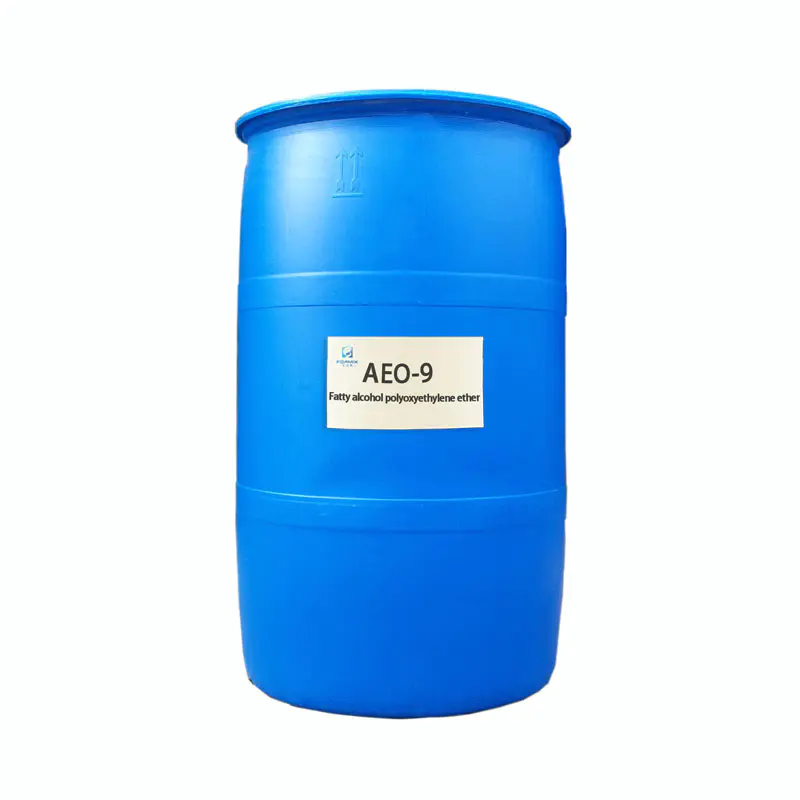The Environmental Impact of Surfactants and Sustainable Alternatives
2025-02-07
Surfactants are widely used in household and industrial applications, but their environmental impact has become a growing concern. Many conventional surfactants contribute to water pollution, harm aquatic life, and take a long time to degrade. In this blog, we will discuss the environmental effects of surfactants and explore sustainable alternatives that minimize ecological damage.
Environmental Impact of Conventional Surfactants
Many synthetic surfactants, especially those derived from petrochemicals, pose several environmental risks, including:
1. Water Pollution
- Surfactants can accumulate in water bodies, affecting water quality and aquatic ecosystems.
- Some surfactants create foam, which reduces oxygen levels and disrupts aquatic life.
2. Toxicity to Marine Life
- Certain surfactants, particularly cationic and anionic types, can be toxic to fish and other aquatic organisms.
- They interfere with biological membranes, leading to harmful effects on aquatic biodiversity.
3. Bioaccumulation and Persistence
- Some surfactants take a long time to degrade, leading to bioaccumulation in the environment.
- Non-biodegradable surfactants can persist in soil and water, causing long-term contamination.

Sustainable Alternatives to Conventional Surfactants
To reduce the environmental footprint of surfactants, researchers and manufacturers are developing eco-friendly alternatives, including:
1. Bio-Based Surfactants
- Derived from renewable sources such as plants, algae, and microbes.
- Examples include rhamnolipids and sophorolipids, which are biodegradable and non-toxic.
2. Biodegradable Surfactants
- Designed to break down quickly in the environment without leaving harmful residues.
- Often derived from natural fatty acids and sugars.
3. Green Manufacturing Processes
- Sustainable production methods reduce energy consumption and minimize chemical waste.
- Enzymatic synthesis is a promising approach for producing biodegradable surfactants.
4. Regulations and Certifications
- Governments and environmental agencies are enforcing stricter regulations on surfactant production and disposal.
- Certifications such as EU Ecolabel and USDA Biobased ensure compliance with sustainability standards.
Conclusion
While surfactants are indispensable in modern applications, their environmental impact cannot be ignored. The shift towards biodegradable and bio-based surfactants presents a viable solution to reducing ecological harm. By adopting sustainable alternatives, industries and consumers can contribute to a cleaner and safer environment. As research advances, the future of surfactants lies in eco-friendly innovations that balance functionality with environmental responsibility.


